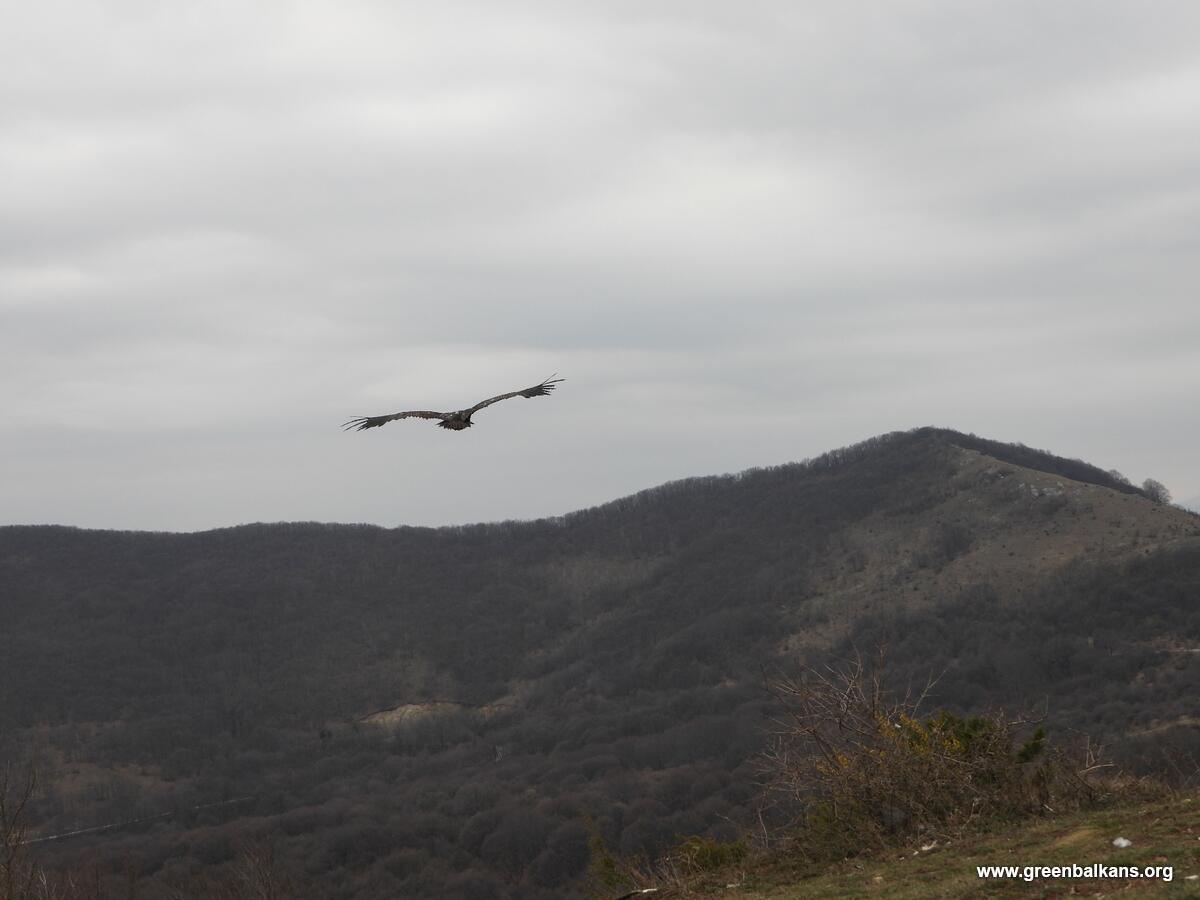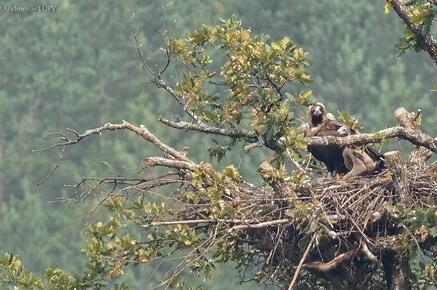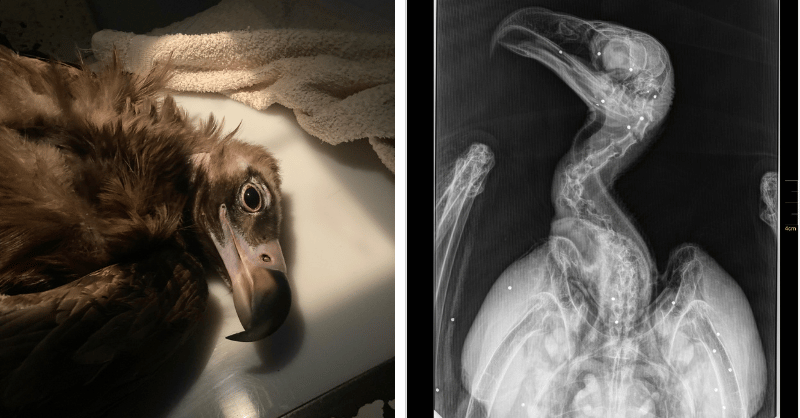They have a complicated breeding behaviour and are acutely sensitive to disturbance and stress during the breeding period, which makes breeding Cinereous Vultures in zoos for release into the wild particularly difficult. But at a couple of zoos within the Cinereous Vulture Captive Breeding Network have devised a way of helping the process along with specially constructed Dating Aviaries.
Tricky first dates
It’s always a bit awkward on that first date, will this one be the one? That’s also the same for the monogamous Cinereous Vultures. For captive breeding populations of vultures the pairing process is usually left in the hands of coordinators of the network which is often to help maintain genetic diversity among the captive bred population. However, this has had some mixed results with pair bonds not being strong which has led to breeding failure, so in Planckendael Zoo in Belgium they decided to try a different approach, allowing the bird to choose their own mate in an aviary designed to encourage dating.
Replacing their Cinereous Vulture enclosure in 2012 they created a space for the birds that was almost three times the size in order to house more birds, in particular young single birds. With a bigger space this ‘Dating Aviary’ allowed young birds of both sexes to mix and left pair choice to occur naturally leaving it to the chemistry between the individual birds.

And it worked. The birds at Planckendael Zoo in the aviary exhibiting pair bonding behaviour such as approaching, greeting and mutual preening behaviours between these naturally formed pair. Once a pair looks like it’s bonding the keepers move the pair to a more private enclosure to continue to form that bond in private, an important part of successful breeding with a minimum of disturbance of the environment.
Along with Planckendael Animal Park there are currently two other Dating Aviaries in Prague Zoo in the Czech Republic and Rhenen Zoo in the Netherlands. Birds successfully paired and breeding have also been moved from other zoos within the Cinereous Vulture Breeding Network to continue their breeding and raise chicks that have gone on to be released into the wild.

Reintroducing Cinereous Vultures
A pair that formed in a Dating Aviary and moved to Ostrava Zoo in the Czech Republic raised a young chick that was one of three birds released in the last year’s historic reintroduction of Cinereous Vultures in Bulgaria as part of the Vultures Back to LIFE project. Along with this project young birds bred within zoos in the Cinereous Vulture Captive Breeding Network have been an important part of the reintroduction of the species across Europe, including at three sites in France at the Gorge du Verdon, Grands Causses and Baronnies and in Mallorca and Catalonia in Spain.

Cinereous Vulture Captive Breeding Network
Made up of 44 zoos and animal parks ranging from Spain to Kazakhstan the Cinereous Vulture Captive Breeding Network is home to 40 breeding pairs. Last year was not as successful a breeding year as previously with just three chicks surviving. Those three birds, two in Latvia’s Riga Zoo and one the Czech Republic’s Ostrava zoo were released in Kotel in Bulgaria.
Cinereous Vultures are very sensitive to disturbance and breeding in zoos is very difficult. Therefore Planckendael recently started with a small breeding center off exhibit to create optimal conditions for breeding the species in captivity. This along with the Dating Aviaries are helping improve the breeding results of birds within the Network and are crucial in returning Cinereous Vultures to the skies of Europe.
The breeding season for Cinereous Vultures is about to begin lets hope we’ll see more pairs formed and breeding successfully in 2019.




